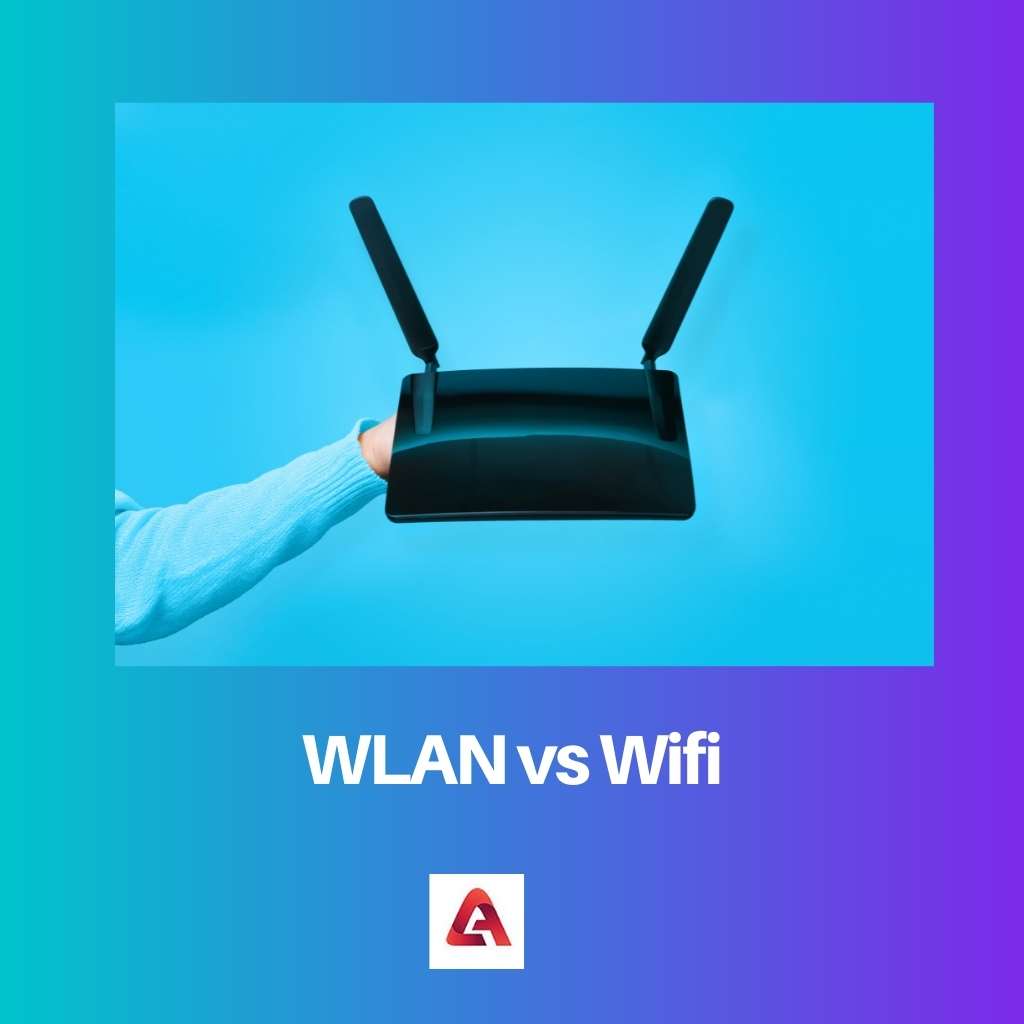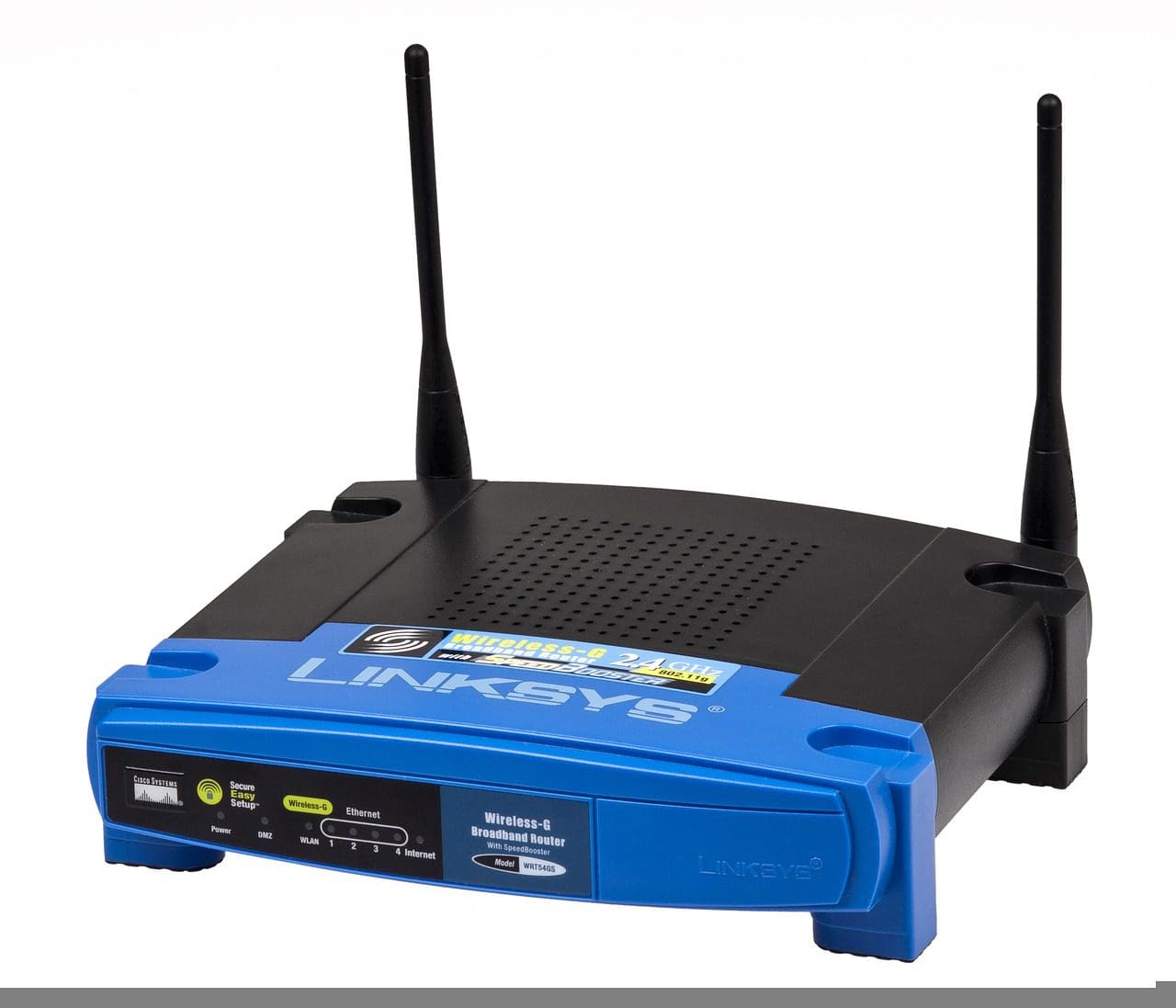Efforts to improve data communication technologies are primarily concerned with ease & convenience. We prefer to interact with others with as little effort as possible.
We may now send and receive digital data without wires or fibre optics because of recent technological breakthroughs.
For network managers and engineers, nothing compares to the convenience and comfort of connecting wireless devices.
Key Takeaways
- WLAN stands for Wireless Local Area Network, a network that connects devices wirelessly, while WiFi is a technology that enables wireless internet access.
- WiFi is a type of WLAN technology, specifically following the IEEE 802.11 standards.
- All WiFi networks are WLANs, but not all WLANs use WiFi technology.
WLAN vs Wifi
The difference between WLAN and wifi is the type of technologies they are. WLAN, which is known as Wireless local area networking, is used to develop a connection between multiple devices with the use of technology which enables to minimize of the use of wires and create a local network, whereas wifi is also a wireless technology is directly dependent on IEEE 802.11 standards.

WLAN can also be known as Wireless Local Area Network and is also known as Wireless WLAN.
It is a network of computers that utilize high-frequency radio waves for the transfer of signals over ranges of a few hundred feet.
Multiple computers can be connected to a central data system, a printer, or even a scanner via the network.
This allows for networking (internet) mobility while avoiding the use of cumbersome and inconvenient cords for interconnectivity.
“The acronym WI-FI stands for””Wireless Fidelity.” The word is indeed a trademark that is used to identify items that fall within a specific category of WLAN devices.”The acronym WI-FI stands for “Wireless Fidelity.” The word is a trademark used to identify items that fall within a specific category of WLAN devices.
The standards established by IEEE 802.11 are used in gadgets or hardware marked with the WI-FI trademark. Most people assume WI-FI to be the same thing as the genuine standard.
Comparison Table
| Parameters of Comparison | WLAN | Wifi |
|---|---|---|
| Definition | The range of wifi for the 2.4 GHz band can go from 150 to 300 feet outdoors. | Wi-Fi is a wireless networking technology dependent on IEEE 802.11 standards. |
| Range | 2.4 GHz100 meters (300 feet) | Devices inside a WLAN technology use WI-FI branded products |
| Must devices | Devices in a Wifi do not use Wlan branded products | Devices in a Wifi does not use Wlan branded products |
| Full form | Wireless local area networking | Wireless Fidelity |
| Another name | wireless LAN | WiFi, wifi, wi-fi, or wi-fi |
What is WLAN?
A wireless LAN (WLAN) is a wireless network that connects multiple devices using wireless technology. It allows Wlan to create a local area network (LAN).
It is inside a specific region, a residence, institution, computer room, campus, or office complex.
This allows users to travel throughout the region while remaining connected to the internet. A WLAN can also enable access to the rest of the Internet via a gateway.
The most extensively used networks worldwide are wireless LANs based on IEEE 802.11 standards. These are frequently referred to as Wi-Fi, a Wi-Fi Alliance trademark.
They’re utilized in home and small business networks to connect laptops, scanners, cellphones, Internet TVs, and gaming gadgets to the Internet via a wireless router.
People can use portable wireless devices to use the internet services via many hotspots provided by the routers in many places like restaurants, coffee shops, hotels, universities, & airports.
Wireless LANs can be used in a variety of ways. WLANs today range in size from modest in-home networks to massive campus-sized networks to fully mobile networks on planes and trains.
WLAN hotspots in restaurants and hotels and portable devices connected to 3G or 4G networks allow users to access the Internet.
To connect to the network, these public access points frequently do not require registration or a password. Others are accessed with registration or payment of a charge.
Current Wireless LAN infrastructures can be used as indoor positioning systems with no changes to the existing hardware.

What is Wifi?
Wi-Fi is a wireless communication protocol dependent on the standard of Ieee 802.11, which is mainly used for device networking & Internet access, allowing adjacent electronic devices to exchange data via radio waves.
In the whole range of computer connections, it is preferred the most, used in the home as well as small office networks to connect desktop as well as laptop computers, tablets, mobile phones, TVs, scanners, as well as smart speakers to a wifi connection to link up to them to the Internet, and also in public places such as coffee houses, hotel chains, library services, & airports to provide general Internet connectivity for mobile devices.
Wi-Fi’s have a high absorption rate and thus are best used in a line-of-sight environment.
Several obstacles, like walls, towers, and household appliances, can significantly restrict reach, but it also helps avoid interference between multiple networks in congested areas.
An indoor base station has a reach of about 20 meters, although some newer access points claim to have a distance of up to 150 meters outdoors.
Hotspot connectivity can be as tiny as a single room with radio-wave-blocking walls or as broad as many square kilometres with roaming allowed among overlapping access sites.
Wi-Fi’s and spectral efficiency have improved over the years. As of 2019, specific Wi-Fi networks can achieve rates of 9.6 Gbit/s when running on compatible gear at close range.

Main Differences Between WLAN and Wifi
- Wifi is a wireless communication technology directly based on IEEE 802.11 standards. Wireless local area networking is used to form a connection between numerous devices using technology that allows to minimise the usage of cables and creates a local network.
- The full form of Wlan is Wireless local area networking, whereas the full form of wifi is Wireless Fidelity.
- The range of both devices also differs. Wlan provides 2.4 GHz100 meters (300 feet), whereas for wifi it is 2.4 GHz band can reach up to 150 feet indoors and 300 feet outdoors.
- Another name for WLAN is wireless LAN, whereas wifi can also be known as WiFi, wifi, wi-fi or wi-fi.
- Inside a WLAN, devices almost always use WI-FI brand products, but this is not the same for wifi.





